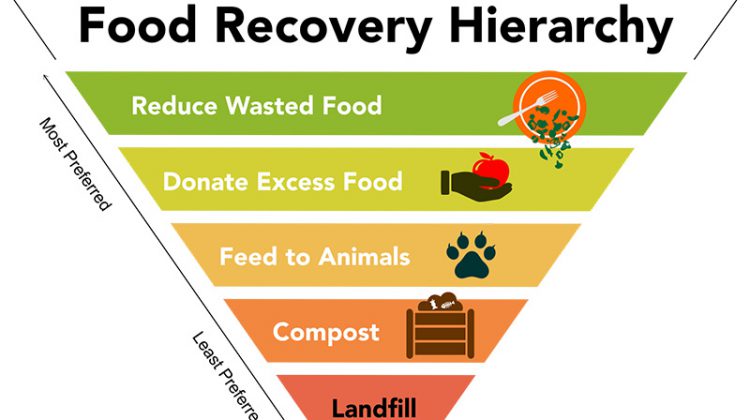How do restaurants manage their food and when do they buy it and why?
everybody has the right to know the answers to these questions, it is very important to know.
it’s almost a universal practice and especially after the globalization of the world and the invasion of brands and chains, the week has seven days, and most if not all restaurants open 7 days a week, two shifts which means most restaurants are open for about 12 hours daily, suppliers work six days a week but they are not the source, the source of the food you eat could be thousands of miles away from your home or the restaurant you dine in, this is true with vegetables, meat, and fish, to make matters easier to understand let’s start with Vegetables, this means your salads and side dishes or main meal if you are Vegan or Vegetarian, almost all of not 90% of vegetables are imported and in most cases bought in advance by the big chain restaurants or the contractor who buys for them, the producers are big farmers or small farmers who are contracted by their Government agencies for exporting their products in exchange for hard currency which is the Dollar , the Government take the dollar and pay the farmers in local currencies at a pre determend value and price , the farmers who do most of the hard work get the lowest share of the money you pay for your salad or side dish. so how does it work? okay the contractors buy all the harvest, most of it is not ripe yet of course because they must calculate the time needed for shipping, storage, distribution and transportation, this could be up to three weeks for lots of products, now remember the Animals eat vegetables when it is ripe and ready to eat and eats it from the source, this means from the tree or the ground, vegetables like every living thing has 100% nutrition value when alive and then it loses it slowly but surely, so fridges are needed to keep it at an acceptable level of freshness but not all the vegetables are stored in fridges, they are in boxes still green and hopefully, by the time of arrival they would be just about right, of course, to make sure they are not damaged in the long journey they must be protected, I leave it to your imagination to figure out ( for legal reasons) what kind of chemicals are needed to protect the products? so at this point, it is your right to know how much did the farmer get for let us say a kilo of tomatoes , an example from Egypt will make it easier for you to understand, the kilo of tomatoes in Cairo’s markets is sold at about 10 pence, in the small villages its about 6 pence in the big international supermarkets is sold for about 30 pence or more, this is of course by the kilo and this price has included at least three or four middlemen so can you guess how much was paid for the farmer, 2 pence maximum as a matter of a fact, a box of 20 kilos of tomato for export is sold to agents for 2 dollars, one dollar for the Government or the big man who made the contract with a foreign importer and one dollar to the poor farmer keeping in mind this is only for grade A products. grade A+ 10 kilos box of Avocado is sold for 5 dollars or less to foreign importers of Avocado from South Africa, the next time you eat a salad in a restaurant and pay 10 pounds or more for it please think of the farmer, think about the nutrition value, think about the tremendous amounts of money made from his sweat and hard work, as for the price you pay and the quality of the product we will come back to this in another chapter.






